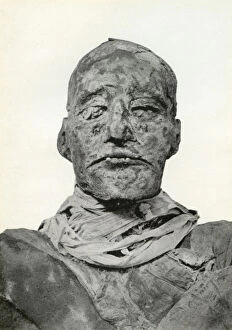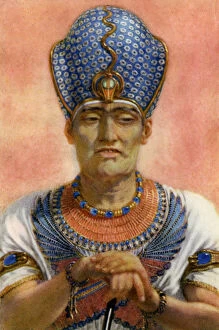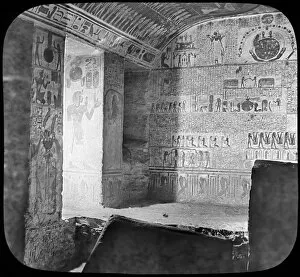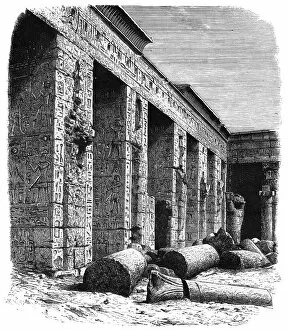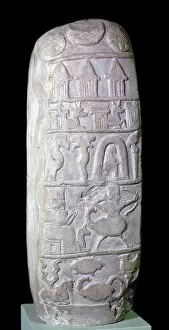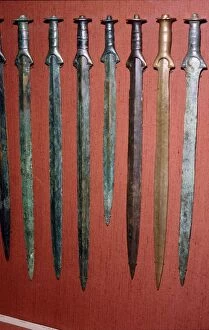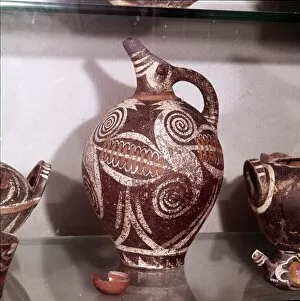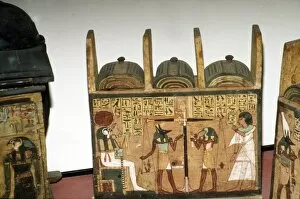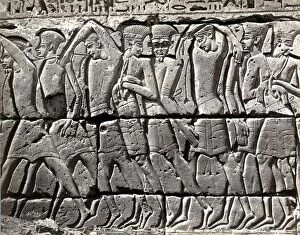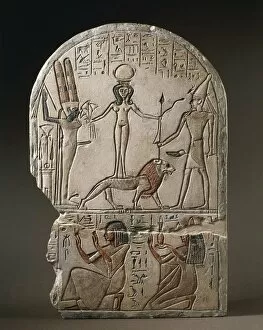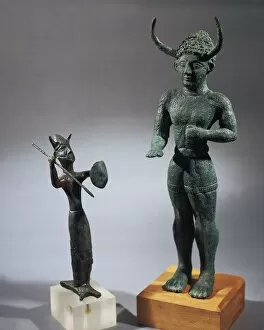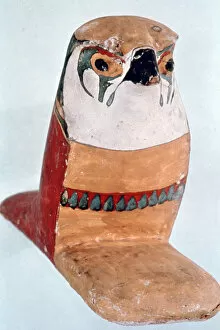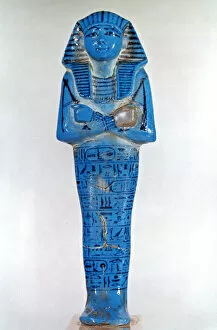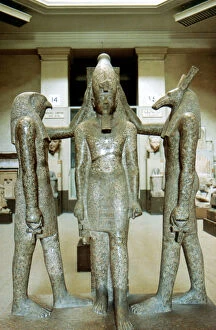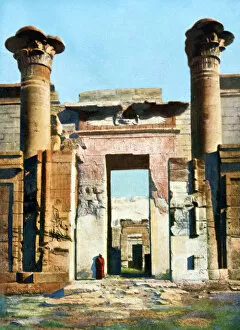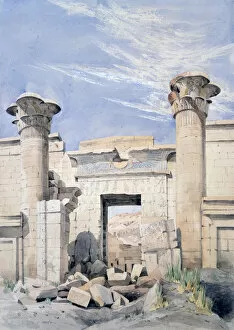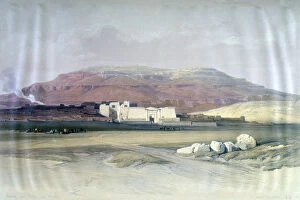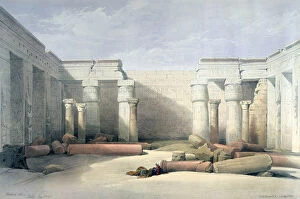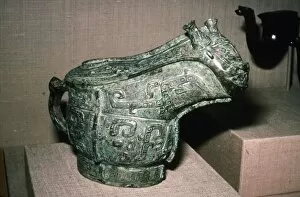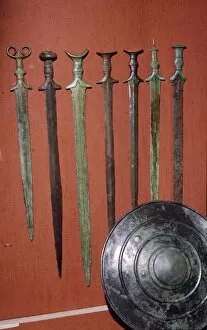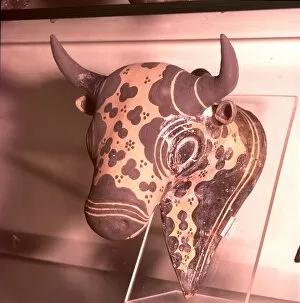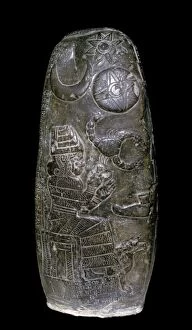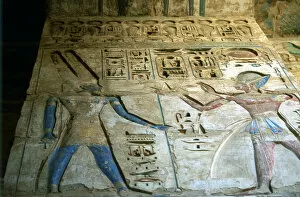12th Century Bc Collection (#4)
"Exploring the Riches of the 12th Century BC: From Egypt to Babylon and Beyond" Step back in time to the 12th century BC
For sale as Licensed Images
Choose your image, Select your licence and Download the media
"Exploring the Riches of the 12th Century BC: From Egypt to Babylon and Beyond" Step back in time to the 12th century BC, a period filled with captivating artifacts that offer glimpses into ancient civilizations. In Deir el-Medina, Egypt, marvel at the exquisite statuary group representing Pharaoh Ramesses II and his wife Nefertari. These masterpieces transport us to a bygone era when their reign flourished between circa 1279-1213 B. C. Delve deeper into Egyptian history as you encounter a schist statue of Ramses IV from around 1165 B. C. , showcasing the artistic prowess of this era. Nearby, an intriguing wine vessel known as KU takes us on a journey spanning from the 12th to the 3rd century BC, revealing how libations played a significant role in ancient rituals. Venturing beyond Egypt's borders, discover an Egyptian Shabti-Box adorned with depictions of Anubis, Thoth, and Osiris. This treasure hails from New Kingdom's vibrant period during the 20th Dynasty (c1189 BC-1077BC), serving as guardians for eternity. Traveling further eastward brings us to Babylon where we encounter a kudurru or boundary-stone dating back to King Nebuchadnezzar I's reign (c1125-1104 BC). This artifact offers insights into land ownership practices and religious beliefs prevalent during this time. Returning once again to Egypt but shifting our focus towards historical events depicted in artistry; witness Pharaoh Ramses III triumphantly returning with prisoners captured around ca. 1180 BC at Mediet Habu temple complex—an awe-inspiring testament to military might. Transitioning now towards decorative objects from different regions within this timeframe; admire an enigmatic bowl crafted during Late Bronze Age (about1450-1200 BCE), its creator lost to the sands of time.



